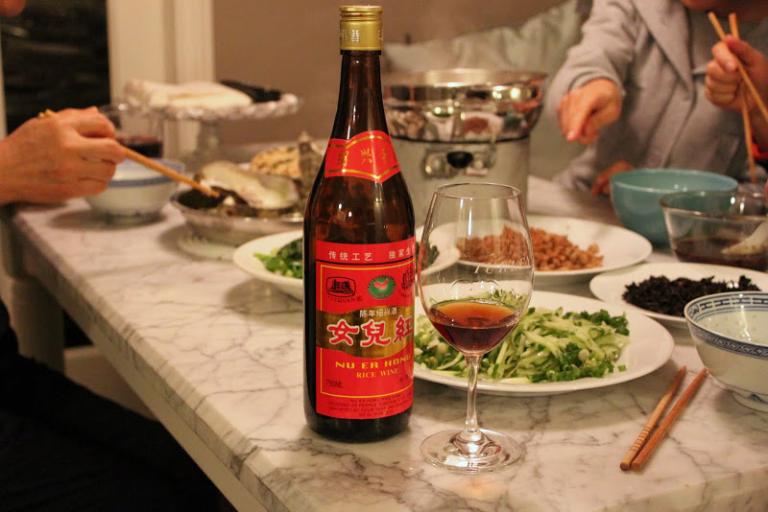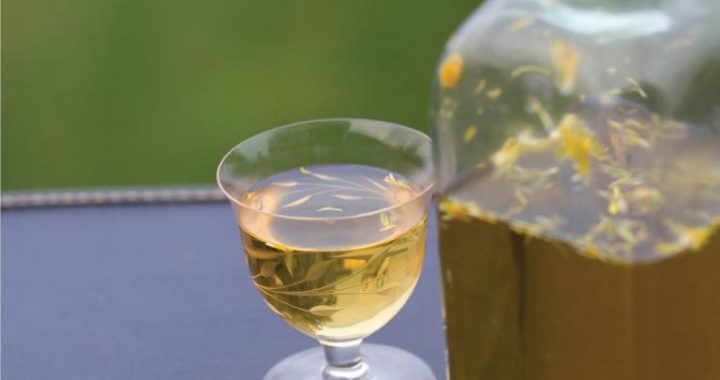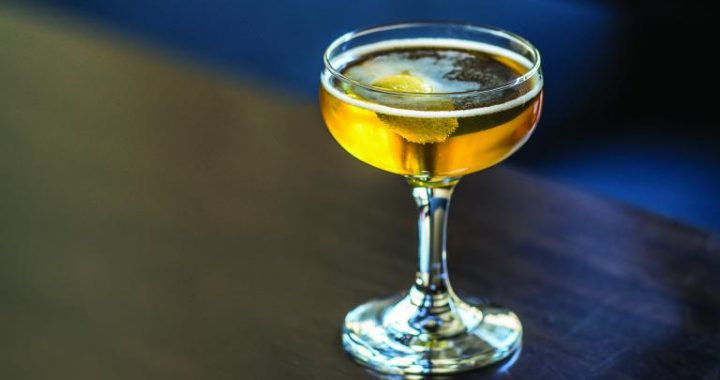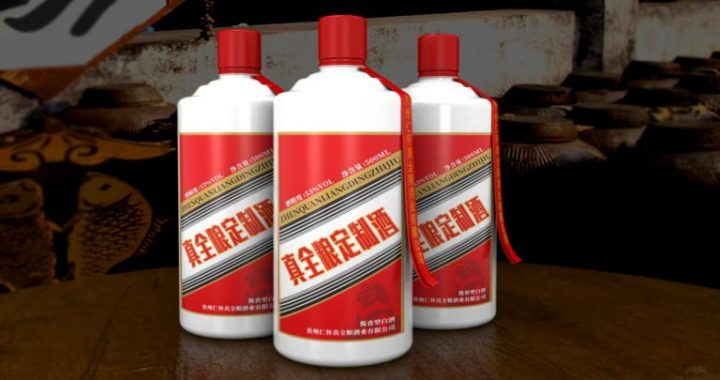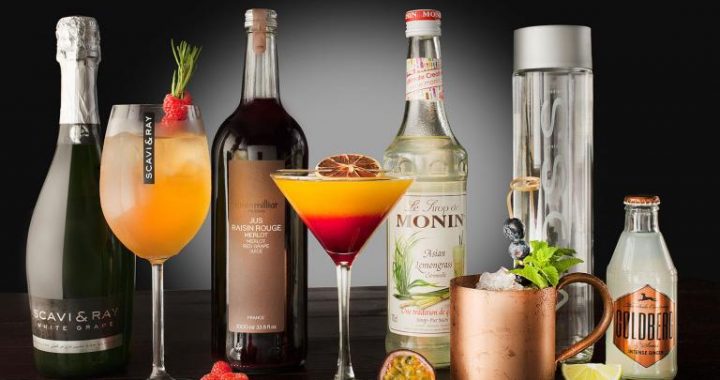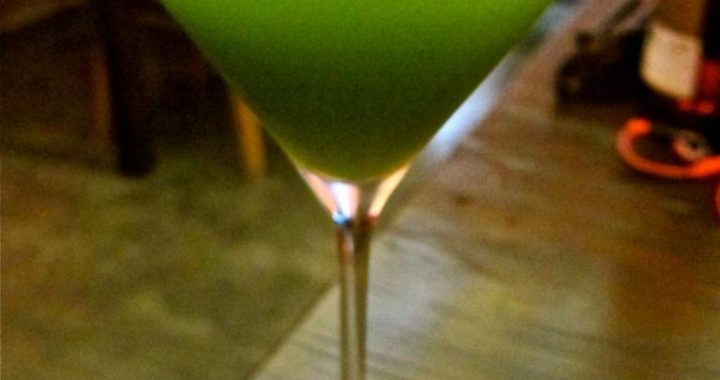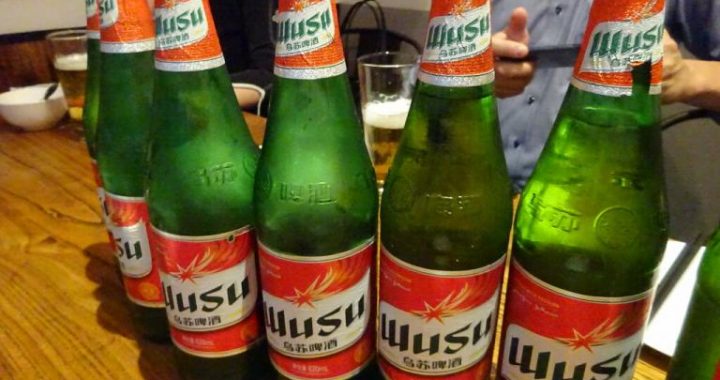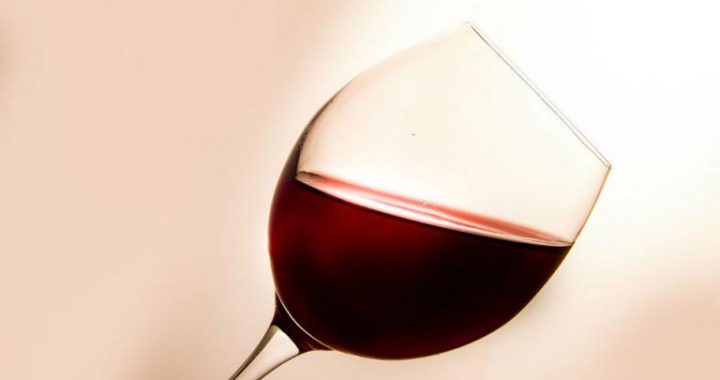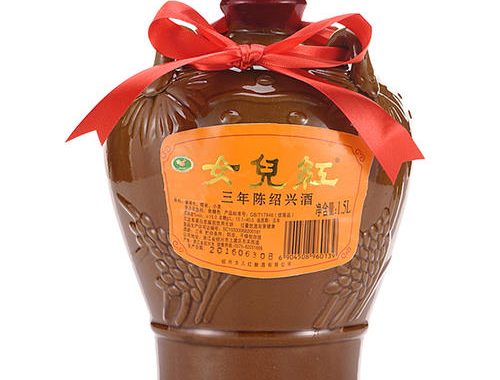Huangjiu-Chinese Character Matured with Age
2 min readHuangjiu(golden-brown rice wine), is indigenous to China; huangjiu, wine and beer comprise the three ancient drinks in the world. Just as vodka is to Russia and sake is to Japan, so huangjiu is to China; it belongs to the group of extraordinary items that make this nation unique.
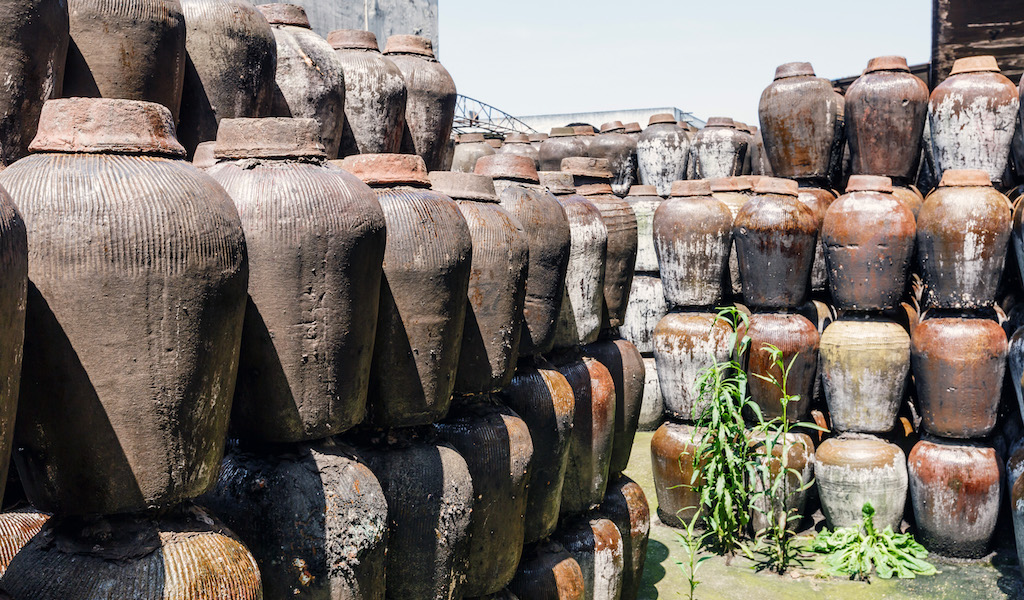
Confucianism teaches people to practice the golden mean or the middle way, as neither”more”nor “less”is perfect. Huangjiu is such an ideal. It tastes neither so strong as liquor nor so flat as beer. The Chinese celebrate harmony, with the hope that everything in the universe can coexist peacefully. As a perfect mixture of six flavors-the sweetness and sourness of wine, the bitterness and hotness of liquor and the freshness and astringency of beer-huangjiu represents the natural balance between extremes.
Huangjiu has several varieties, including Laojiu of Fujian, Fenggangjiu of Jiujiang, Huiquanjiu of Wuxi, Zhenzhuhongjiu of Guangdong, Lanlingmeijiu of Shandong, Lao-jiu of Shanghai and Huangjiu of Dalian, none of which have achieved thestatus of Shaoxing Huangjiu, which is synonymous with Chinese huangjiu.
Shaoxing Huangjiu owes its success to the fine water flowing down Mount Kuaiji, along with the sediment that settles before flowing into Lake Jian.
Premium-white glutinous rice and high-quality wheat, mixed with this magical water, transform into a sweet, pure, redolent and mellow drink, the one and only Shaoxing Huangjiu.
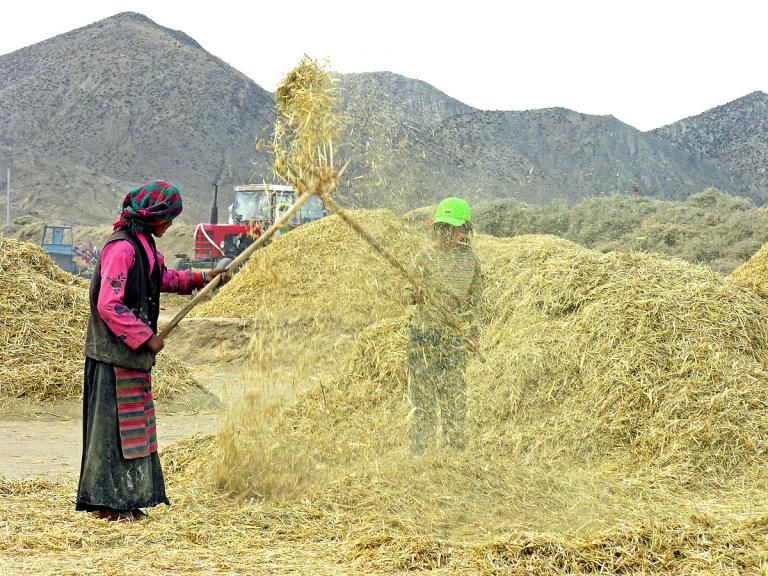
Shaoxing Huangiu is categorized according to its sweetness. Zhuangyuanhong, the least sweet, is a classic, dry wine.
The most famous kind of huangjiu is Jiafan, and the aged Jiafan kept in jars is called Huadiao, named after the colorful embossing on the jugs containing it. And Nii’ erhong (literally “daughterly red”) is the most beautiful. Legend goes that a tailor in Shaoxing made several jugs of good wine when his wife was pregnant, expecting to serve it to families and friends when his “son”was born. As the woman gave birth to a daughter, the tailor got so mad that he buried the wine in the yard under a tree. Eighteen years later, the baby girl grew into a beautiful and intelligent young woman,a gem to her father. On the day she was married, the tailor dug up the wine and opened a jar. Out wafted a potent fragrance, and the wine was a deep-redcolor; hence, the name”Ni’ erhong,”which literally means”daughterly red.”Since then, every local household hasfollowed suit, making several jugs of good wine when a baby girl is born, not opening them until the girl marries and begins her own life. Later, people made wine when a boy was born, too, hoping that he would place first in the highest imperial exam(zhuangyuan); hence, the name “Zhuangyuanhong.”
